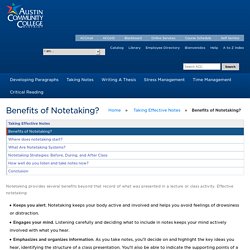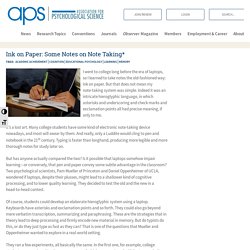

Rocketbook For Educators. Best Smart Notebook. About Learning. 4MAT Overview 4MAT is a model for creating more dynamic and engaging learning.

It is a framework for learning that helps educators deliver information in more dynamic and engaging ways. While traditional instruction may focus primarily on facts and Information (What?) The 4MAT model encourages a broader array of questions to elicit much higher levels of student understanding and involvement. For example, it begins with a Connect Activity to engage students in learning and to help them see the value of learning. The teacher’s roles will change as they move through the 4MAT Learning Cycle.
Learner takes over in the last two quadrants, where they must apply learning in real life situations or contexts. Want to Learn More? Request our Free E-Book entitled 4MAT: Pure and Simple to learn more about the 4MAT Design Model. Or download some recent articles and research that show the positive impact of this teaching method. Cognitive Learning Styles in the Student-Centered Classroom. A few weeks ago, a commercial came on TV that immediately caught both my husband’s and my attention.

A young boy walked to home plate of a baseball field with a bat and ball and repeatedly threw the ball in the air and then tried to hit it with the bat. Before each attempt to hit the ball, he would yell, “I’m the greatest hitter in the world!” He tried a couple of times with no success so he paused to rethink his strategy, adjusted his ball cap, gave his “greatest” yell and tried again.
When he had the same result, he stood there dejectedly for a moment then suddenly looked up, a new thought dawning, and with big grin yelled, “Wow, I’m the greatest pitcher in the world!” Cognitive/Learning Styles - InstructionalDesign.org. Bullet Journal. Digital note taking. A Learning Secret: Don't Take Notes with a Laptop.
“More is better.”

From the number of gigs in a cellular data plan to the horsepower in a pickup truck, this mantra is ubiquitous in American culture. When it comes to college students, the belief that more is better may underlie their widely-held view that laptops in the classroom enhance their academic performance. The Cornell Note-taking System – Learning Strategies Center. Why do you take notes?

What do you hope to get from your notes? What are Cornell Notes and how do you use the Cornell note-taking system? There are many ways to take notes. It’s helpful to try out different methods and determine which work best for you in different situations. Whether you are learning online or in person, the physical act of writing can help you remember better than just listening or reading.
The Art of Note Taking in the Digital Age. Learning More About Visual Notetaking (Authorized Drawing in Class!) Sketcho Frenzy: The Basics of Visual Note-taking. Note Taking Skills for 21st Century Students. Note taking skills aren’t just automatic.

We tell students “take notes” but they have no idea what that means. What makes “good notes.” What do they write down? How should notes look? Ever since I went through the Writing Across the Curriculum Course at my school I realized the tremendous gap between “writing” as we’ve taught it traditionally and 21st century writing skills. Now I have a new frustration that has me grappling with noteaking. So, now, I’m taking the approach of helping students master analog notetaking. A note about In-Flip: The kids love it. I want to know what they are getting out of the videos and if they are pulling out the essential questions I’m giving them. So, here are some of the essential notetaking skills I’ve taught them so far.
Cornell Notetaking System My favorite Cornell notetaking video is by Jennifer DesRochers. This method is THE SINGLE MOST important reason (besides studying myself blind) that I graduated first in my class from Georgia Tech. Awesome! Student Skills Workshops. Notetaking provides several benefits beyond that record of what was presented in a lecture or class activity.

Effective notetaking: Keeps you alert. SAGE Journals: Your gateway to world-class journal research. Ink on Paper: Some Notes on Note Taking* I went to college long before the era of laptops, so I learned to take notes the old-fashioned way: ink on paper.

But that does not mean my note-taking system was simple. Indeed it was an intricate hieroglyphic language, in which asterisks and underscoring and check marks and exclamation points all had precise meaning, if only to me. It’s a lost art. Many college students have some kind of electronic note-taking device nowadays, and most will swear by them. And really, only a Luddite would cling to pen and notebook in the 21st century. But has anyone actually compared the two? Of course, students could develop an elaborate hieroglyphic system using a laptop. They ran a few experiments, all basically the same. This experiment provided preliminary evidence that laptops might be harmful to academic performance. At least right away. The scientists tried to simulate this in another experiment. The scientists had one more intriguing finding. 7 Tips to Get More Out of OneNote.